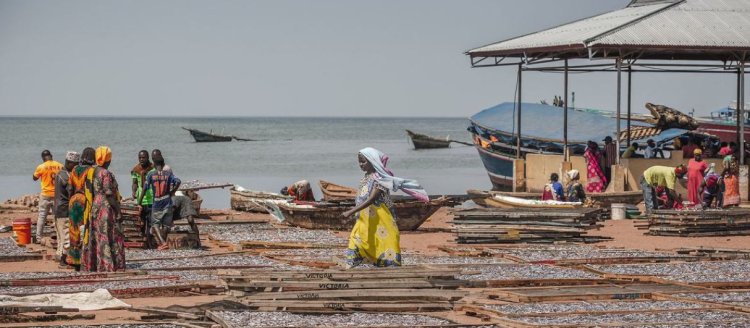$1.5 trillion annually.. Elements of a sustainable blue economy
The world's coastal populations contribute significantly to the global economy, with an estimated $1.5 trillion annually.

A sustainable blue economy is critical for small countries and coastal populations
The world's coastal populations contribute significantly to the global economy, with an estimated $1.5 trillion annually, and projections indicate around $3 trillion by 2030.
Ensuring ocean ecosystem health, supporting livelihoods and driving economic growth requires targeted support to key sectors, including:

• Fisheries
• Aquaculture
• tourism
• energy
• Shipping and port activities
• Seabed mining
• Renewable Energy and Marine Biotechnology.
Africa's Blue Economy Potential:
Fisheries and aquaculture
Fisheries has traditionally been a favorable economic sector. In 2018 fisheries revenues for the Mediterranean region increased by about 10% and total revenues from 2013 to 2018 range between 3.2 and 3.7 billion euros.
Coastal and marine tourism
This sector represents 30% of global tourist flows and hosting the world's leading tourist destinations.
This is a volatile sector, vulnerable to the impacts of climate change (such as coastal erosion) and global shocks.

Marine renewable energies
Offshore renewables given a prominent role in European green deals and Covid recovery package A total of 70 gigawatts of offshore wind power production will be placed in southern European waters by 2040.
Ports and shipping
Merchant shipping is a major driver of global growth, covering about 80% of global trade, and the sector is a key component of the economy and job creation across the Mediterranean.


 Shrouq
Shrouq 












